#pace/macgill
Explore tagged Tumblr posts
Text

Peter Hujar, Susan Sontag, 1975
Pace/MacGill Gallery, New York and Fraenkel Gallery, San Francisco
43 notes
·
View notes
Text
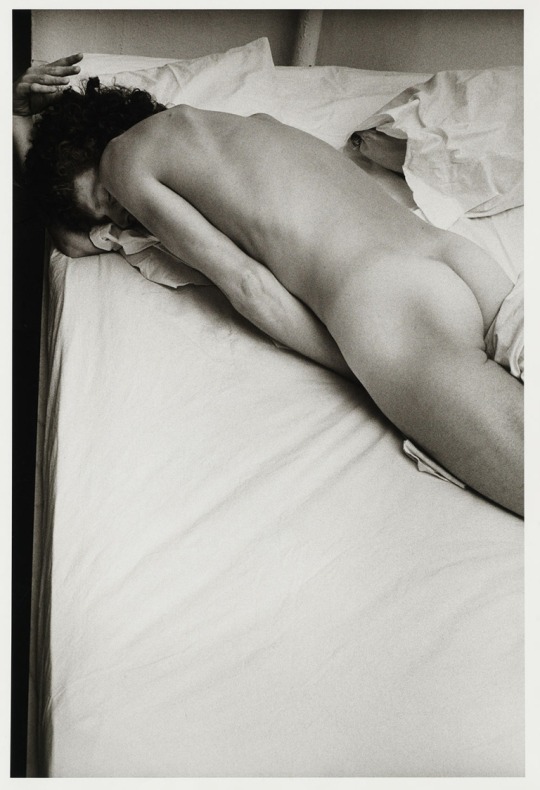
Peter Hujar (American, 1934-1987) Robert Levithan on Bed 1977 Gelatin silver print The Morgan Library & Museum, achat en 2013 grâce au Charina Endowment Fund © Peter Hujar Archive, LLC, courtesy Pace/MacGill Gallery, New York and Fraenkel Gallery, San Francisco
22 notes
·
View notes
Text
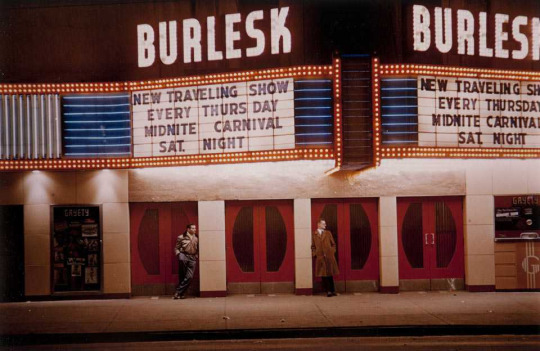
Detroit, 1951, taken by HARRY CALLAHAN
[from Estate of Harry Callahan; courtesy of Pace/MacGill Gallery, New York]
#fotoform#harry callahan#photography#aesthetic#1950s#chicago#history#50s#vintage#colours#retro#neon lights#red#*
22 notes
·
View notes
Text
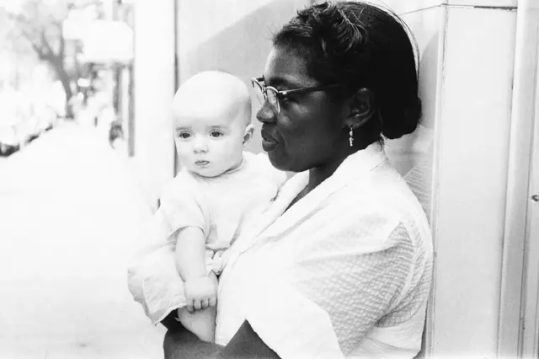
Robert Frank, “Charleston, South Carolina,” 1955,
© Robert Frank, Courtesy Pace Macgill
#art#photography#black and white#vintage photography#still life photography#portrait#iconic#history#human rights#amaerican history#robert frank#segregation#apartheid#south carolina#charleston
17 notes
·
View notes
Text


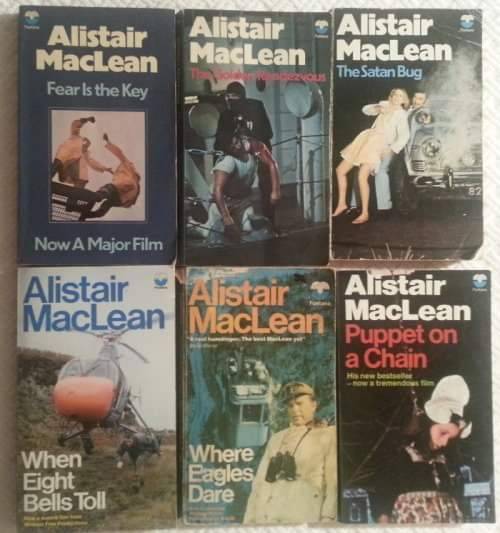

The novelist Alistair MacLean was born on April 21st, 1922, in Glasgow.
MacLean was originally named Alasdair MacGill-Eain in Scottish Gaelic. He was the son of a Scottish minister and a singer. His mother tongue was Scottish Gaelic, so he learned English as a second language, and was brought up in Daviot near Inverness.
In 1941, at the age of eighteen, he joined the Royal Navy; two and a half years spent aboard a cruiser were to give him the background for HMS Ulysses, his first novel, the outstanding documentary novel on the war at sea. After the war he gained an English Honours degree at Glasgow University, and became a schoolmaster, in 1983 the University honoured him with a D.Litt (Doctor of Letters).
Maclean is the author of twenty-nine world bestsellers and recognised as an outstanding writer in his own genre. He died at the age of 64 in Munich, Germany and is buried in Vieux Cemetery in Céligny, Switzerland. His grave is a few paces away from Richard Burton’s grave who starred in the film adaptation of his novel, Where Eagles Dare.
13 notes
·
View notes
Text

Paolo Roversi, Kirsten, London, 1988. Archival Pigment Print, 14 3/4 x 11 1/2 inches, Ed. of 17
© Paolo Roversi; courtesy Pace/MacGill Gallery, New York and Fahey/Klein Gallery, Los Angeles
2 notes
·
View notes
Text
Top 3 Biggest Wins for Australia Team in BGT
The Border-Gavaskar Trophy (BGT) is one of cricket's most intense rivalries, pitting two cricketing powerhouses, Australia and India, against each other. While India has enjoyed great success in recent years, Australia has historically dominated with their aggressive cricket, pace-heavy attacks, and relentless spirit. Over the years, the Aussies have registered some crushing victories, showcasing their superiority on home soil and occasionally in challenging Indian conditions.
In this blog, we’ll take a look at the Top 3 Biggest Wins for Australia Team in BGT history. These victories highlight the skill, determination, and sheer dominance that the Australian team has brought to this legendary series.
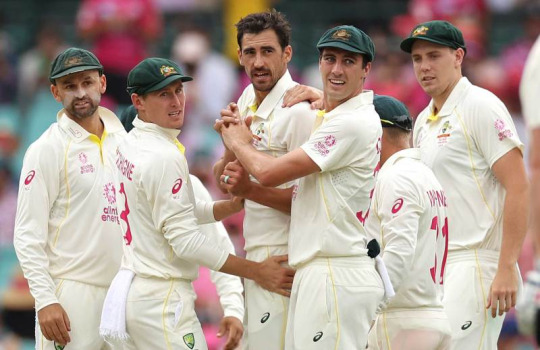
1. Australia’s 342-Run Victory – Brisbane, 2003
One of the biggest wins for Australia in BGT history came during the 2003-04 series when they crushed India by a staggering 342 runs in the first Test at The Gabba, Brisbane. This match underscored Australia’s lethal combination of pace bowling, disciplined batting, and strategic brilliance.
Match Summary
Venue: The Gabba, Brisbane
Date: December 4-8, 2003
Result: Australia won by 342 runs
1st Innings:
Australia: 323 (Justin Langer 121, Sourav Ganguly 5/46)
India: 409 (Sourav Ganguly 144, VVS Laxman 75)
2nd Innings:
Australia: 284/3 declared (Ricky Ponting 50, Matthew Hayden 99)
India: 196 all out (Rahul Dravid 43, Jason Gillespie 3/35)
Dominance on Display
After a gritty century by Justin Langer in the first innings and a brilliant knock by Matthew Hayden in the second innings, Australia set a massive target of 457. The Australian bowlers, led by Jason Gillespie and Stuart MacGill, dismantled India’s batting lineup in the final innings, bundling them out for just 196.
Why This Win Was Significant
This comprehensive win set the tone for the series and demonstrated why Australia was considered unbeatable on their home turf. Despite a fightback from India in the second innings, Australia’s ability to bounce back and secure such a commanding victory highlighted their mental toughness and tactical acumen.
2. Australia’s 285-Run Victory – Sydney, 2011
Another crushing victory for Australia came during the 2011-12 series, where they defeated India by a massive margin of 285 runs in the second Test at the Sydney Cricket Ground (SCG). This match is remembered not only for the big win but also for Michael Clarke’s unforgettable triple century.
Match Summary
Venue: Sydney Cricket Ground (SCG)
Date: January 3-6, 2012
Result: Australia won by 285 runs
1st Innings:
Australia: 659/4 declared (Michael Clarke 329*, Ricky Ponting 134, Michael Hussey 150*)
India: 191 (Sachin Tendulkar 41, Ben Hilfenhaus 4/43)
2nd Innings:
India: 400 (VVS Laxman 66, Ravichandran Ashwin 62, James Pattinson 3/54)
Unstoppable Australia
Australia’s batting was powered by a phenomenal innings from Michael Clarke, who scored an unbeaten 329*. He received solid support from Ricky Ponting and Michael Hussey, propelling Australia to a colossal total of 659/4 declared. In response, India struggled against Australia’s bowling attack led by Ben Hilfenhaus and James Pattinson.
Check Out: Why did India pick Ashwin over Sundar in Adelaide
Why This Win Was Memorable
This match highlighted the dominance of Australia’s batting and the depth of their bowling lineup. Clarke’s triple century became one of the greatest individual performances in BGT history and reminded the world of Australia’s ability to demolish even the strongest opposition.
3. Australia’s 10-Wicket Victory – Melbourne, 2007
One of the most clinical victories in the Border-Gavaskar Trophy came in the 2007-08 series when Australia thrashed India by 10 wickets at the Melbourne Cricket Ground (MCG). This win was a textbook display of disciplined bowling and efficient batting by the Australians.
Match Summary
Venue: Melbourne Cricket Ground (MCG)
Date: December 26-29, 2007
Result: Australia won by 10 wickets
1st Innings:
India: 196 (Sachin Tendulkar 62, Brett Lee 4/46)
Australia: 343 (Matthew Hayden 124, Anil Kumble 5/84)
2nd Innings:
India: 161 (VVS Laxman 42, Brett Lee 3/35)
Australia: 32/0 (Phil Jaques 21*)
Bowling Brilliance
Australia’s pace attack, led by Brett Lee, was relentless. Lee’s express pace and accuracy dismantled India’s batting lineup, reducing them to modest totals in both innings. Matthew Hayden’s patient century in the first innings ensured Australia had a commanding lead, making the final chase a mere formality.
Why This Win Stood Out
Winning by 10 wickets is one of the most dominant ways to finish a Test match, and Australia executed this to perfection. This victory emphasized the home team’s adaptability and ruthless efficiency, reinforcing their reputation as the best Test side in the world at the time.
What Makes These Wins Special
These Top 3 Biggest Wins for Australia Team in BGT history represent more than just margins of victory. They symbolize Australia’s:
Mastery in Home Conditions: Australian pitches favor pace and bounce, and their bowlers have historically exploited these conditions to devastating effect.
Mental Toughness: The ability to stay focused and dominate strong Indian lineups is a testament to Australia’s mental strength.
Tactical Brilliance: From setting aggressive fields to applying pressure with disciplined bowling, these wins showcase Australia’s strategic superiority.
Conclusion
The Border-Gavaskar Trophy has provided cricket fans with unforgettable moments, and these victories underline Australia’s dominance in the rivalry. Whether it’s a crushing 342-run win in Brisbane, Clarke’s triple-century-powered triumph in Sydney, or a clinical 10-wicket victory at the MCG, these matches are etched in cricketing history.
As the rivalry continues to evolve, future BGT series promise more drama, records, and incredible performances. What’s your favorite Australian win in BGT history? Share your thoughts in the comments and relive the glory!
Check Out: Why did India pick Ashwin over Sundar in Adelaide
0 notes
Text

Richard Misrach, one of the “Effigy” images from Border Cantos, his collaboration with performing artist Guillermo Galindo, exploring the varied sections of the wall the US has built along its border with Mexico.
“In 2009 I found a number of these effigies in the California desert. A local resident dressed agave stalks in discarded migrant clothing and stationed them in arroyos and canyons along the border. I don't know if they were made as "art", or as warnings for migrants or protests against the border patrol....but they haunted me," Misrach said.
© Richard Misrach; courtesy Pace and Pace/MacGill Gallery, New York
0 notes
Photo

From Me and My Brother, 1964, Pace/MacGill Gallery, New York. © Robert Frank
4 notes
·
View notes
Text
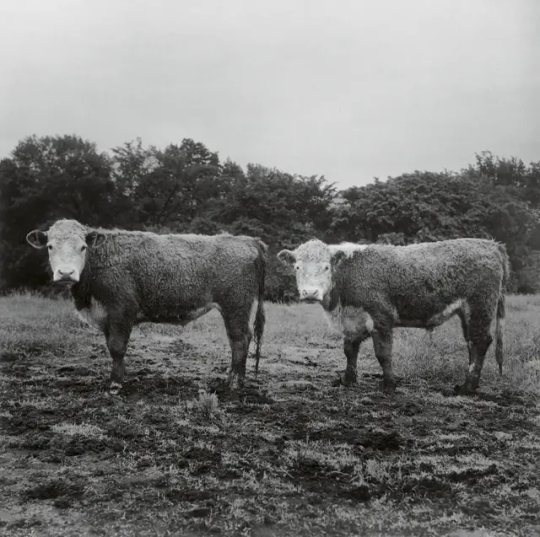
Peter Hujar “Butch and Buster, 1978”
Pace/MacGill Gallery, New York and Fraenkel Gallery, San Francisco
34 notes
·
View notes
Photo

Fazal Sheikh, Simran, New Delhi, India, 2007
14 notes
·
View notes
Photo

Harry Callahan
Aix-en-Provence, 1958 vintage gelatin silver print mounted to board image and paper, 13 1/2 x 10 1/2 inches mount, 19 3/4 x 15 1/2 inches (Photo: Courtesy © The Estate of Harry Callahan)
https://www.surfacemag.com/articles/harry-callahan-sticks-and-stones-pace-macgill-gallery-new-york-2018/
41 notes
·
View notes
Text
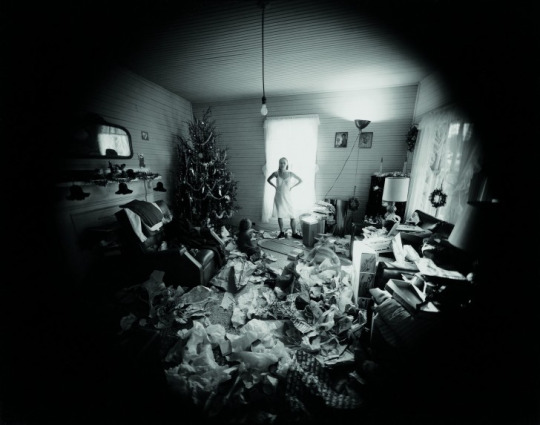
Edith, Noël, Danville (Virgine), 1971 ©Emmet Gowin, Courtesy Pace/MacGill Gallery, New York
10 notes
·
View notes
Text

Paolo Roversi, Audrey, Studio 9 rue Paul Fort, Paris, 1996. Dye-Transfer Print, 22 1/4 x 16 3/4 inches, Ed. of 12
© Paolo Roversi; courtesy Pace/MacGill Gallery, New York and Fahey/Klein Gallery, Los Angeles
1 note
·
View note
Text
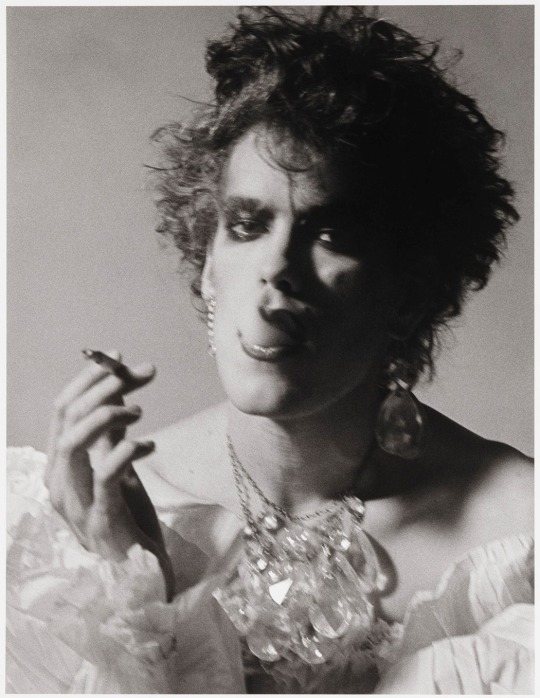
Peter Hujar, David Brintzenhofe #7, Smoking, 1983, © 1987 The Peter Hujar Archive LLC; Courtesy Pace/MacGill Gallery, New York and Fraenkel Gallery, San Francisco
28 notes
·
View notes